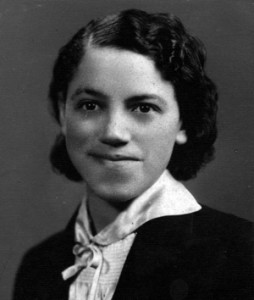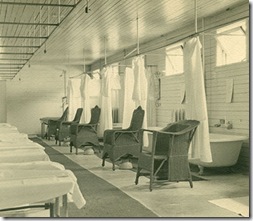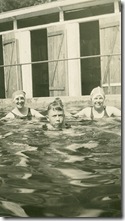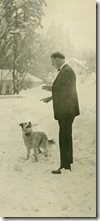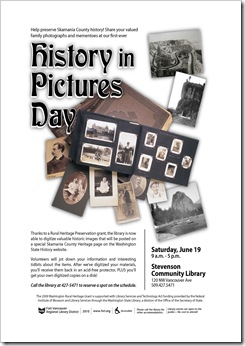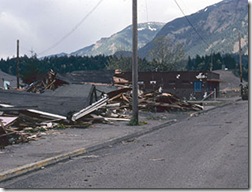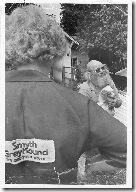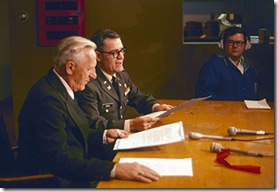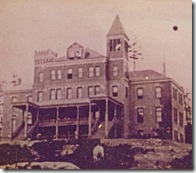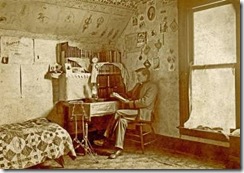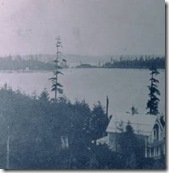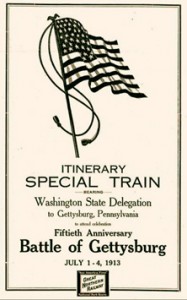 From the desk of Sean Lanksbury. PNW & Special Collections Librarian
From the desk of Sean Lanksbury. PNW & Special Collections Librarian
The Washington State Special Collections contains nearly 600 distinct manuscript collections. What unifies these collections is their focus on Pacific Northwest and Washington State history, but oftentimes the primary documents contained within each box has broader national or international appeal.
One example of this broader appeal is Washington State Library’s collection of Civil War veterans’ correspondence concerning attendance of the 50th anniversary of the Battle of Gettysburg reunion, 1913 (MS 115). Consider the following description, taken from the catalog record:
“This is a collection of correspondence concerning the Washington State delegation to the reunion of Civil War veterans’ from the Battle of Gettysburg in Gettysburg, PA. In 1945, the Office of the Auditor of Washington State weeded their general correspondence file and found they had a file of correspondence from the reunion of the 50th anniversary of the Battle of Gettysburg. In 1913, the Washington State Legislator passed an appropriation bill of about $15,000 to send the surviving Civil War veterans of the Battle of Gettysburg to Pennsylvania to attend the 50th anniversary reunion. It was a reunion of both Union and Confederate soldiers that fought and survived that Battle. The ceremonies were held on July 1-4, 1913 at the battlefield. Because the veterans of this battle were elderly and many financially unable to attend the reunion, the Legislature passed appropriations to pay for their trip. It appears that all the procedures for determining who was eligible to attend were confusing. There are letters from some veterans requesting information about how to apply, what they need to do and what proof was required to prove their eligibility? Because the reunion was for both Union and Confederate soldiers, many of the Confederate soldiers questioned how they could prove their eligibility. It was difficult to prove their participation because they did not receive discharge papers at the end of the War. There is original correspondence from individual soldiers.”This fascinating collection also contains correspondence from the railroads for proposals with quotes on the cost of the transportation and descriptions of what would be included in the trip, a copy of the itinerary of the special train to attend the celebration, a list of the veterans in the train program, and a typescript of all of the veterans with their addresses that made up the Washington State delegation that attended the reunion. A few of the items are facsimiles of material kept at the Washington State Archives, but most of the collection is made of originals.
As our nation commemorates the 150th anniversary of the Civil War, and approaches the anniversary of the Battle of Gettysburg, the State Library is taking special strides to provide access to our Civil War-related materials. Want to get a better look at this collection, or learn more about what the State Library has to offer war researchers? Feel free to contact the State Library Special Collections or use the Washington State Library “Ask-a-Librarian” service for further information. Too far away to visit? The library has recently scanned much of the related material to make it more readily available to researchers.
The Battle of Gettysburg, Pennsylvania was fought around July 1–3, 1863 and is considered by many the turning point in the Civil War. For more information about the battle, the American Civil War, and Washington State’s Civil War veterans, please consider some of these links:
- US Civil War – Selected Resources at Library of Congress
- Civil War 150 – A commemoration by the National Portrait Gallery, Smithsonian Institution
- The United States Civil War Center at Louisiana State University Special Collections
- Civil War Historians at Pennsylvania State University
- Civil War Trust
- WCWA: The Washington Civil War Association
- Civil War Veterans Buried in Washington State







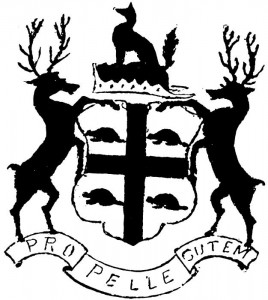
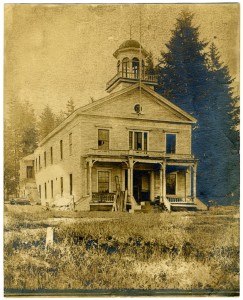
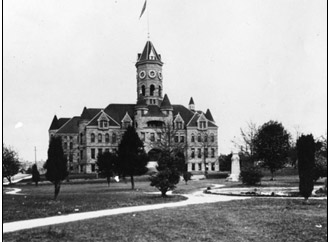 The Library relocated to the Old Thurston Courthouse in 1901 and the Legislature moved in upon completing renovations in 1905. The Territorial Legislative building was destroyed in 1911 to make way for the new Legislative Building designed by architects
The Library relocated to the Old Thurston Courthouse in 1901 and the Legislature moved in upon completing renovations in 1905. The Territorial Legislative building was destroyed in 1911 to make way for the new Legislative Building designed by architects 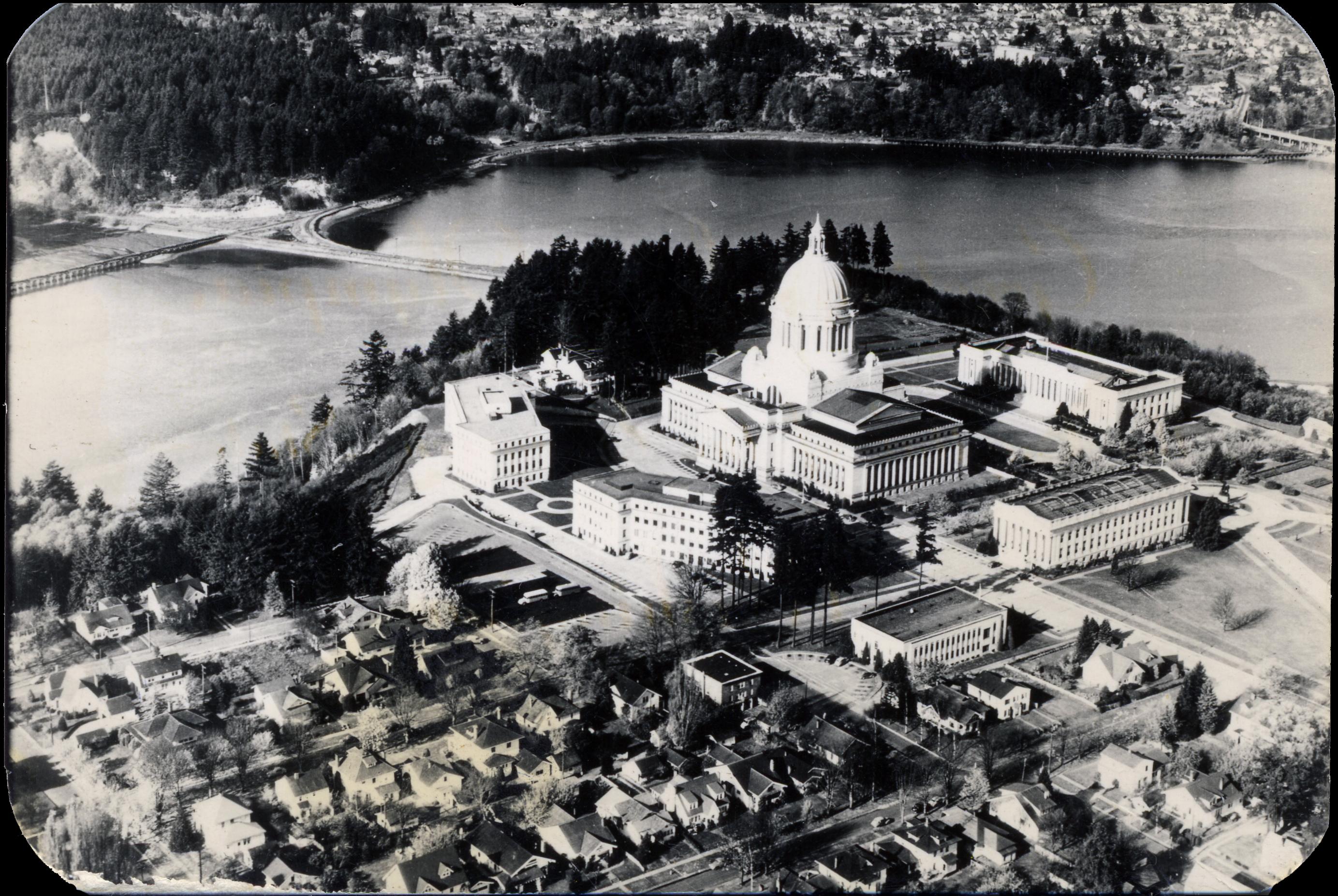 The former Thurston County Courthouse continued to house most of the state agencies until 1919. The Legislature met there until the present Legislative Building was completed in 1928. That building was then kept to house the
The former Thurston County Courthouse continued to house most of the state agencies until 1919. The Legislature met there until the present Legislative Building was completed in 1928. That building was then kept to house the 